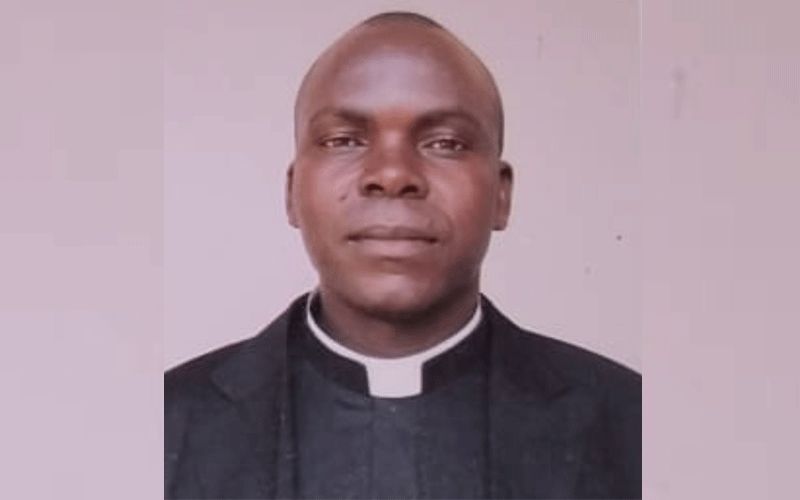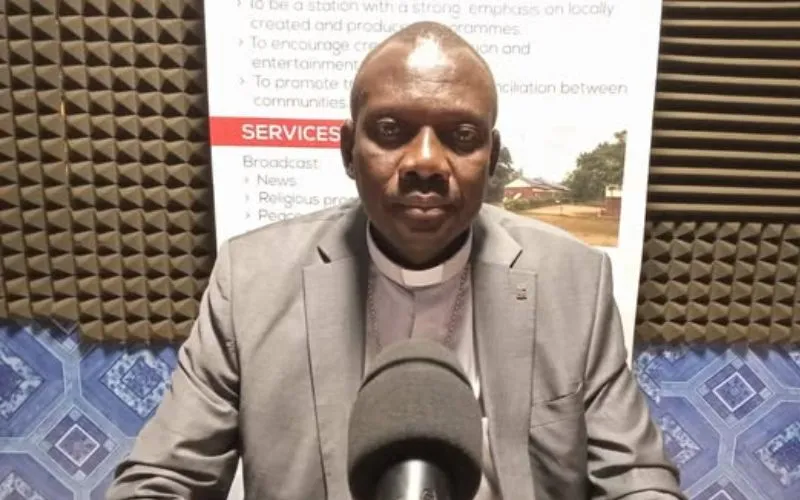“There are those who went ahead to submit their resignation letter but those who are willing to continue working with us on pro-rata terms still have an engagement with the hospital,” the Priest clarified.
The woes at St. Mary’s Mumias Mission Hospital, however, did not start with the outbreak of the virus. According to the Hospital Administrator, the hospital was already struggling towards the end of 2019 when National Health Insurance Fund (NHIF), which settles hospital bills for its clients, stopped processing claims for the hospital.
“NHIF promised to give us the funds beginning of January this year but when they finally responded, they gave us very little,” Fr. Columban disclosed, adding that receiving the raw end of the deal from the health insurer marked the beginning of hurdles at the hospital.
Additionally, NHIF pulled out of elective procedures when Kenya reported its first COVID-19 case, leaving the hospital’s two surgical wards with a negligible number of patients. The decision by NHIF to pull out of these procedures has, however, been replicated across many other hospitals in Kenya.
Also top on the hospital’s list of concerns is the high number of needy cases in Mumias who rely on the Mission hospital that does not exist to make profits.
(Story continues below)
“Many households in Mumias were left very poor at the collapse of Mumias Sugar Factory, which employed many people in this region. Many lost their jobs. Others had to get rid of their sugarcane and are now in deep need,” says Fr. Columban.
Many Mumias residents rely on NHIF capitation remitted in three-month quotas to the hospital. This is very little, according to the Kenyan-born priest.
“NHIF gives KES.300.00 (US$3.00) per card, which translates to KES.100.00 (US$1.00) every month. Some of the patients who rely on NHIF have chronic illnesses and they get medication of over KES.2,000 (US$20.00) a month. This is way too much compared to what we get from the health fund,” he says, adding that the hospital’s catchment area has over 3,000 patients with chronic illnesses who visit the hospital at least once a month.
Additionally, the hospital is grappling with lack of facilities including Personal Protective Equipment (PPEs) for its staff.
Kenya’s health ministry has allocated KES.3.9 billion (US$39 million) to fight COVID-19. The money was set aside for the hiring of health workers, purchase of PPEs for frontline health workers in the fight against the virus and testing and treating of 100,000 people.
Most of the resources targeted the country’s level 5 hospitals across different countries. Mission hospitals, which make part of the country’s private sector have been exempted from these benefits, a situation that Fr. Columban considers unfair.
He explains, “The dichotomy between the public and private sector is very hurting especially during such times as these when we are all facing the pandemic. Whatever aid that is given by the government should cut across all sectors because the patients that come to our mission hospitals are taxpayers, just like everyone else.”
The Mission Hospital in the Catholic Diocese of Kakamega is one of the hundreds of health facilities run by the Catholic Church in Kenya. Through the Catholic Health Commission of Kenya, the Catholic Church runs about 30 percent of all healthcare facilities in the East African nation.
According to the report by the Commission that operates under the Kenya Conference of Catholic Bishops (KCCB), the Catholic Church in Kenya has an expansive network of health facilities, which consist of 448 health units including 54 hospitals, 83 health centers and 311 Dispensaries and more than 46 Community Based Health and Orphaned and Vulnerable Children (OVC) Programs.
In the Arid and Semi-Arid Areas of Kenya, the Catholic Church has and manages mobile clinics for nomadic communities; these are difficult areas that other organizations, including the Government, have not been able to reach in order to provide health services.
Agnes Aineah is a Kenyan journalist with a background in digital and newspaper reporting. She holds a Master of Arts in Digital Journalism from the Aga Khan University, Graduate School of Media and Communications and a Bachelor's Degree in Linguistics, Media and Communications from Kenya's Moi University. Agnes currently serves as a journalist for ACI Africa.








